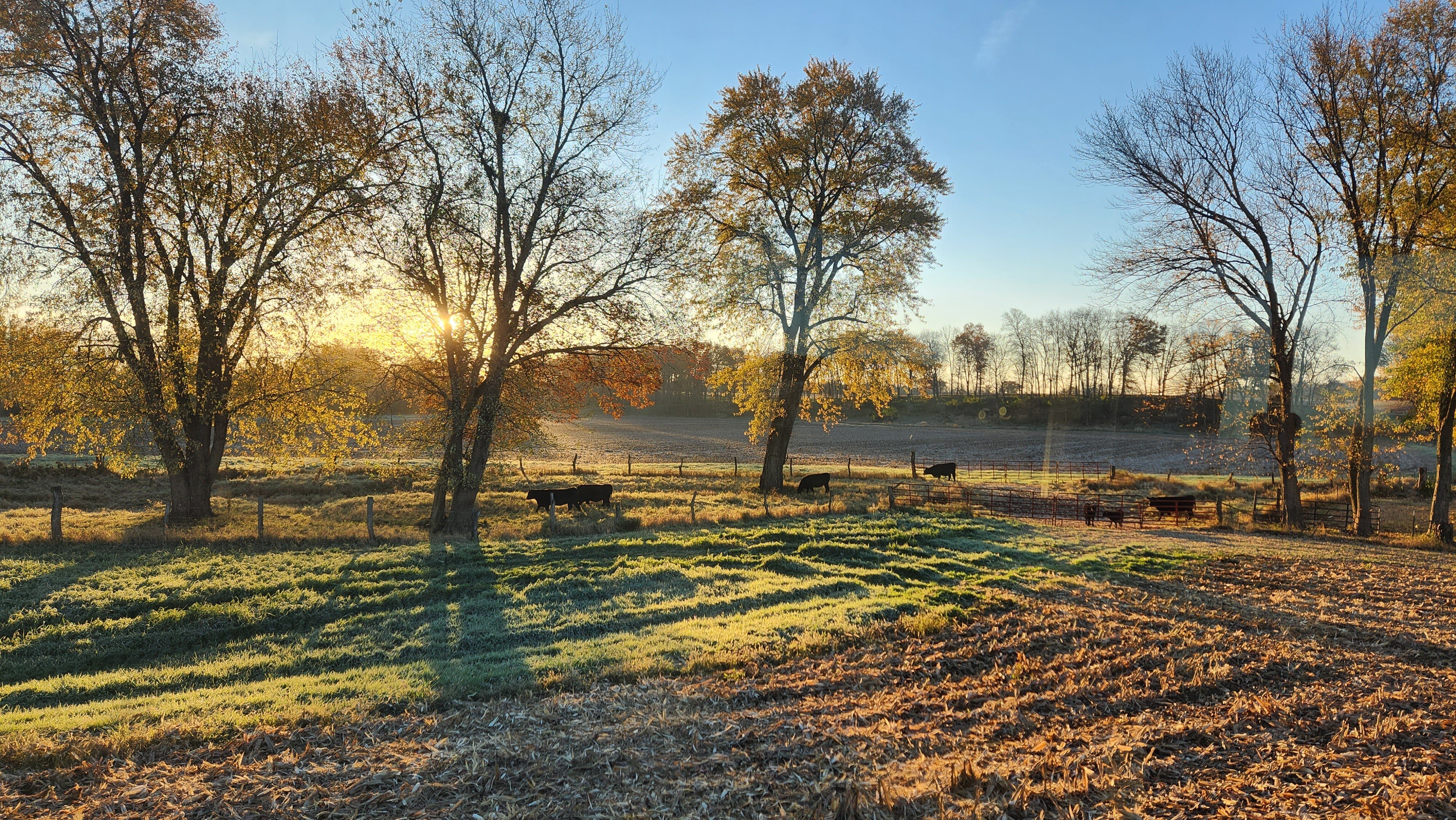The Goal
Keeping Peace Where it Matters Most
“We’d rather give everything away to charity than see a big family feud over an estate settlement.”
When this farm couple came to us, they weren’t thinking about dollars and documents—they were thinking about their family.
They had experienced firsthand how estate disagreements can fracture a family. After going through a painful conflict over a previous generation’s estate, they wanted to ensure their own legacy wouldn’t carry the same burden. Family meant more to them than the farm itself—so much so that they expressed they’d rather give everything away than see it cause a fight among their children.
Their goals were clear:- Preserve harmony among their children
- Prevent any disputes during the settlement of their estate
- Create a path for the farm to continue for those who have interest in its future
This wasn’t just about business. It was about love, legacy, and leaving behind more than land.
The Challenge
An Inherited Structure, But an Unclear Future
As we began working with the couple, we found that their operation was structured within a corporation established in the 1970s, which meant their children would one day inherit shares of the corporation, not individual parcels of land. While this setup had benefits, it also introduced complexity.
The buy-sell agreement in place to govern future transitions of ownership lacked a clear method for determining value. Specifically, it stated:
“The party wishing to sell their shares will engage a referee and the parties wishing to purchase shares will engage a referee to determine the fair market value of the shares of stock. If the referees cannot agree then they shall engage an umpire.”
On paper, this might seem like a solution. But in reality, it created an uncertain—and potentially contentious—process from the very beginning. Without a clearly defined method or trusted standard for valuation, each party could interpret the process differently, setting the stage for delays, disagreements, and emotional strain.
The Recommendations
At UnCommon Farms, we believe that legacy is more than land—it’s about preserving relationships, values, and a shared sense of purpose. Our recommendations were built around those principles.
1. Clarify the Valuation Process
To remove uncertainty, we worked with the family and their advisors to:- Develop a specific, fair, and objective process for valuing shares of the corporation
- Engage a qualified business valuation professional (because valuing corporate equity isn’t the same as appraising farmland)
- Update the buy-sell agreement so it was written for people—not just lawyers and eliminate ambiguity and reduce the chance of future disputes
When everyone understands the “how” and “why” behind the numbers, it creates peace—long before any decisions are made.
2. Create Space for the Whole Family to Understand
To ensure alignment and understanding, we facilitated a family meeting where Mom and Dad could speak from the heart:- To explain their intentions
- The structure of the corporation and revised valuation process could be clearly explained
- Family members could ask questions, raise concerns, and clarify expectations while the parents are still actively involved
There’s power in hearing directly from your parents. This approach helps dispel misconceptions and fosters transparency—two vital ingredients for trust.
3. Begin Passing Down Leadership, Not Just Land
Beyond estate distribution, we encouraged the couple to begin preparing the next generation—not just for ownership, but for leadership.- Introduce the business side of the farm involving them in management and decision-making
- Teach management responsibilities by providing training and guidance on how to oversee a corporation
- Give real experience with what it means to steward the operation by creating shared accountability for the land and operation it represents
That way, when the time comes, it’s not a mystery—it’s a mission the next generation is ready for. This prepares the family not only for inheritance—but for long-term stewardship.




